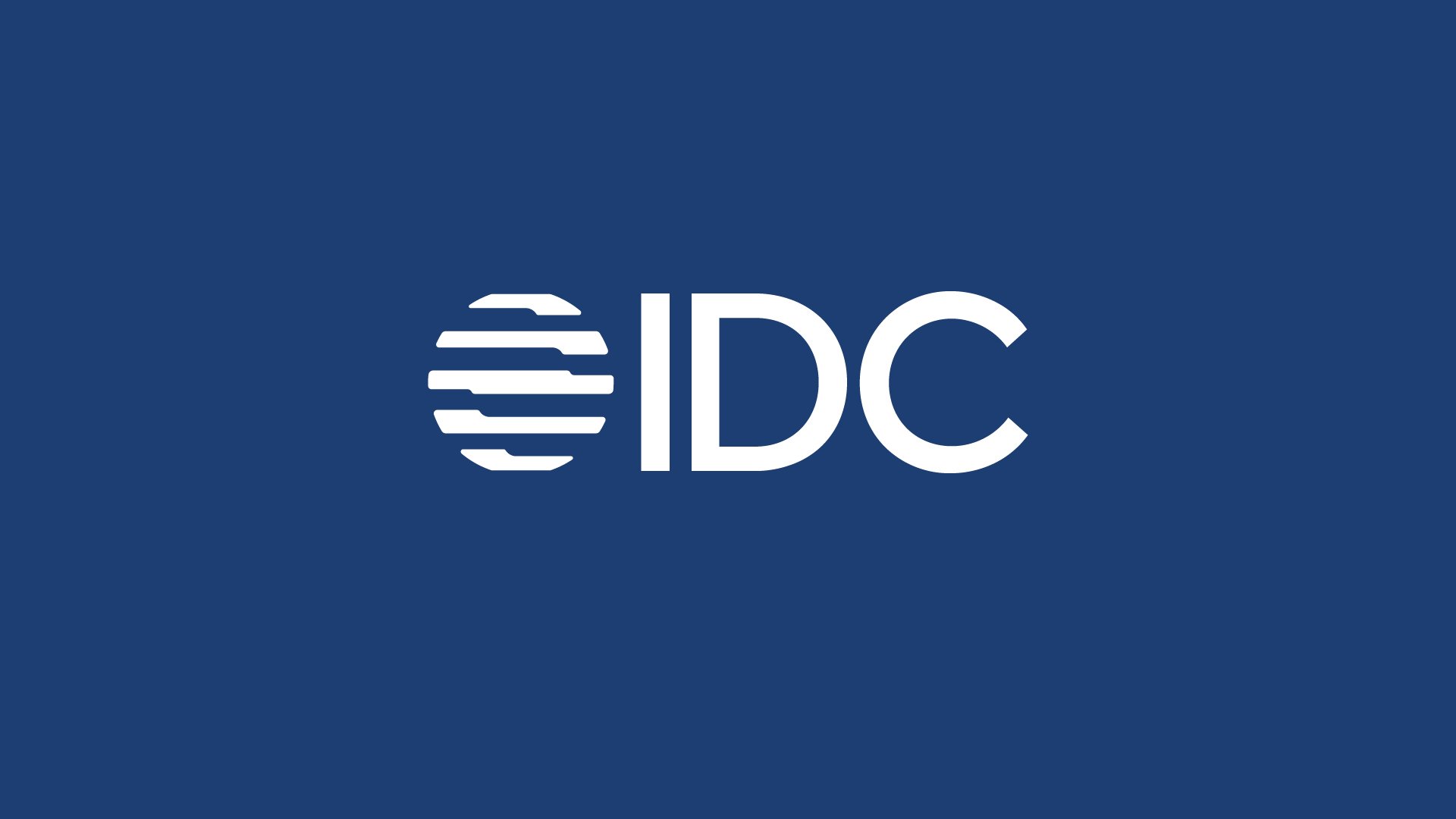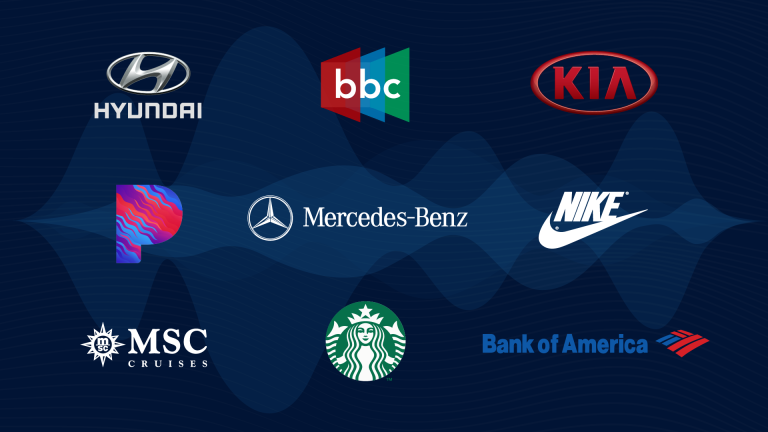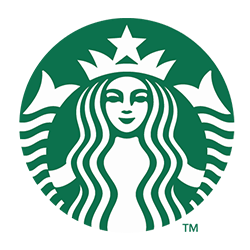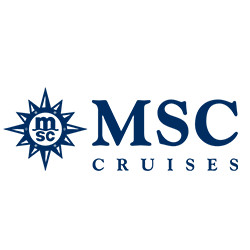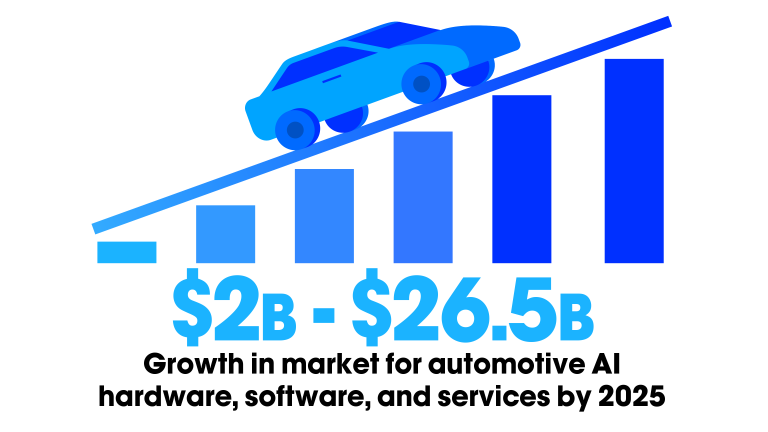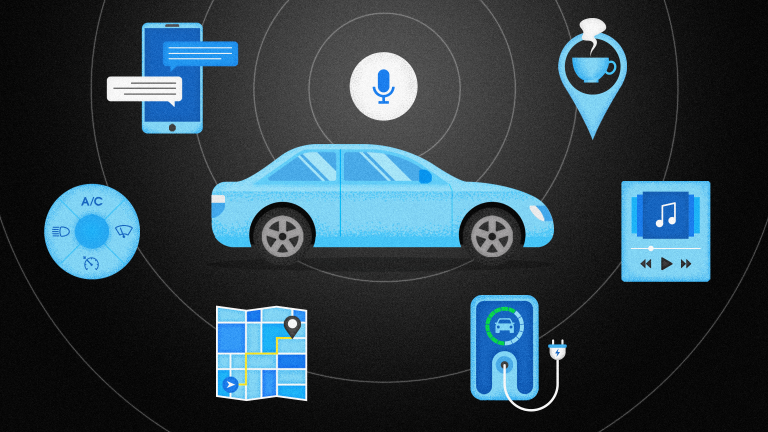7. Kia
The Indian market is adopting voice interfaces at a rapid rate. To satisfy the demand for hands-free experiences, greater connectivity, and more in-car convenience, Kia launched a custom voice assistant, UVO for their Seltos Smart SUVs in India. Built with the unique safety needs of drivers in mind, the Kia Seltos unveiled its UVO connected car in August 2019.
Drivers of the Kia Seltos in India get hands-free control over navigation, safety and security, and vehicle management as part of the standard package. Express Drives recently reviewed the functionality and customer experience delivered through Kia’s voice interface in this video. The reviewer noted that the voice assistant “worked really well” and demonstrated navigation and cabin environment control.
8. Nike
Nike has always been a leader in the marketing space. Recently, they integrated voice into their products and doubled down on their marketing efforts to promote this unique experience for their customers. In one of the most innovative use cases to date, Nike included a voice interface for its Adapt Huarache sneakers. Using a mobile device, sneaker wearers can command these shoes to loosen or tighten the laces on demand — no longer needing to stop what they are doing to adjust their laces. The FitAdapt lacing system can be accessed through voice commands on a smartphone or smart watch and is an example of a creative and useful adaptation of voice tech.
When the first voice-activated shoe was announced in 2017 by Nike, consumers were given the opportunity to order a pair through a smart speaker at home during the airing of its first commercial announcing the product. The marketing effort resulted in Nike selling out of the shoes in six minutes. A testimony to the power of a synchronized voice-first strategy.
9. MSC Cruises
MSC Cruises has focused on one of the key best practices of designing a voice assistant. They focused on getting the basics right first. The cruise line scoured its ships’ reception desk logs to uncover 800 of the most common questions. Then, with the help of Harman and Samsung, the cruise line designed a voice assistant that helps passengers address commonly asked questions, discover excursions and other information relevant to their travels.
Keeping their diverse customer base in mind, they integrated Zoe with seven languages: English, French, Italian, Spanish, German, Brazilian, Portuguese, and Mandarin. They also added the ability to understand a range of different accents within each language.

